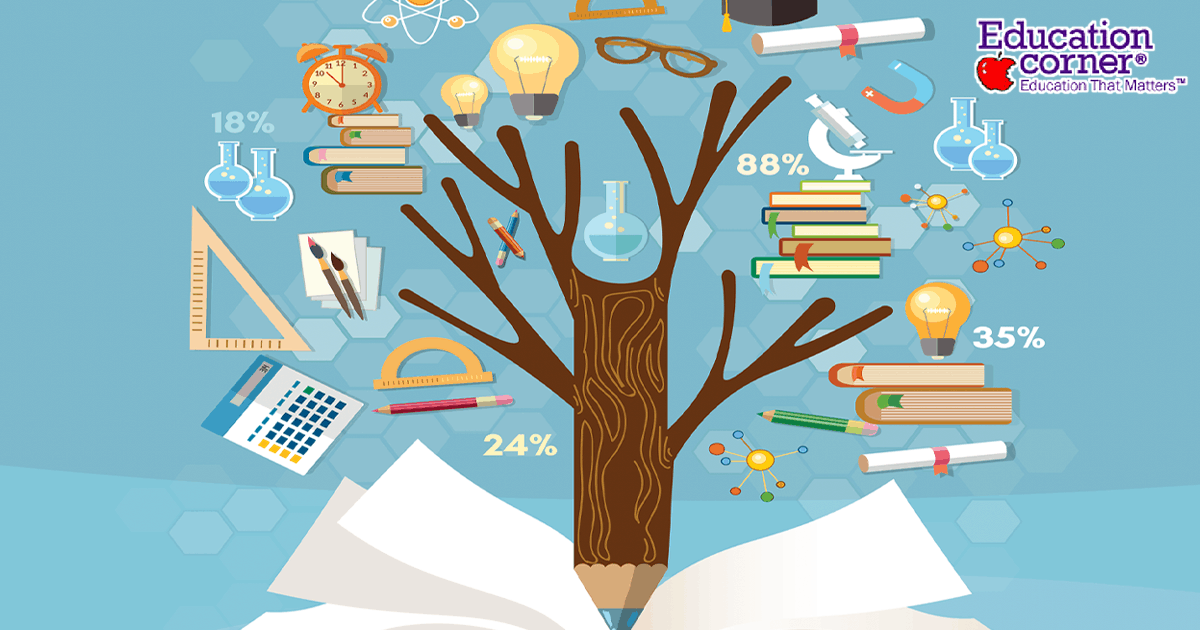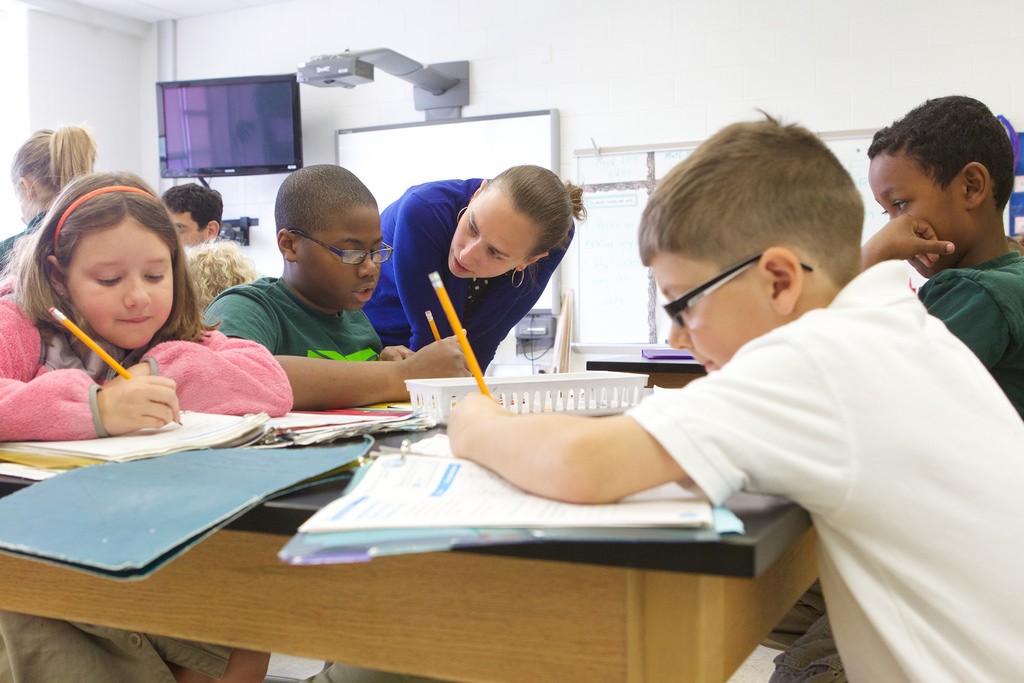Iran's Education Revolution: A Transformative Journey Since 1979
Table of Contents
- The Revolutionary Shift and the Cultural Revolution
- Islamization of the Iranian Education System
- Unprecedented Growth in Literacy and Access
- The Rise of Women in Iranian Education
- Expansion of Higher Education and Specialized Fields
- Political Will and Popular Demand for Education
- Remaining Challenges and Future Directions
- Conclusion: A Legacy of Transformation
The Revolutionary Shift and the Cultural Revolution
The transformation of the Iranian education system began almost immediately after the 1979 revolution. The new government, led by Ayatollah Khomeini, aimed to dismantle the remnants of the old regime and establish an Islamic state. A critical step in this process was the "Cultural Revolution" initiated in the spring of 1980. This period saw the closure of universities, a drastic measure intended to facilitate a comprehensive overhaul of the educational system. The goal was explicit: to redefine and redesign the educational system, which was perceived as a "duplication of Western education," and adapt it to the unique culture and politics of the Islamic Republic of Iran. This radical shift was not merely an administrative change; it was an ideological one. As highlighted in the thesis "Changes in the Education System of Iran" by Yasin M.A. Tamer, supervised by Mustafa Şen (December 2010), the changes occurring before and after the Islamic Revolution are central themes in understanding the evolution of the Iranian education system. The Cultural Revolution Committee, formed in 1980, was tasked with overseeing the institution of Islamic values in education, ensuring that the curriculum, teaching methods, and overall environment reflected the new ideological framework.Islamization of the Iranian Education System
The most significant change following the revolution was the profound Islamization of the Iranian education system. This involved integrating Islamic teachings, values, and principles into every layer of education, from primary schools to universities. Curricula were revised to emphasize Islamic history, ethics, and jurisprudence, while secular subjects were recontextualized within an Islamic worldview. This meant a departure from the more secularized approach prevalent before the revolution, where Western educational models had a stronger influence. One immediate and visible consequence of this Islamization was the segregation of all students by sex. This policy was implemented across all educational levels, reflecting the new regime's interpretation of Islamic social norms. Beyond structural changes, the very philosophy of education was reoriented to cultivate individuals who would embody Islamic virtues and contribute to the goals of the Islamic Republic. This included fostering a sense of national and religious identity, promoting moral conduct, and encouraging active participation in the new society. The political ideas of the ruling elites, as noted in academic discussions, significantly defined the projects to transform the Iranian education system, tracing a history of modernization and development intertwined with ideological objectives.Unprecedented Growth in Literacy and Access
Despite the ideological restructuring, the post-revolution era has witnessed remarkable advancements in fundamental educational indicators, particularly in literacy rates and overall access to schooling. Since the 1979 Islamic Revolution, Iran's education system has transformed significantly, boosting the national literacy rate from a mere 47.5% to an impressive 90.7%. This dramatic improvement is a testament to the new government's commitment to expanding basic education across the country. The increase in literacy is not just a statistical anomaly; it reflects a massive expansion of educational infrastructure and a concerted effort to reach previously underserved populations. The number of students enrolled in schools has surged dramatically, increasing by 10 million to reach a staggering 17 million. This growth signifies a widespread embrace of education by the Iranian populace, driven by both government initiatives and popular demand.The Literacy Movement and Infrastructure Development
This progress stems directly from the establishment of a robust literacy movement and enhanced educational infrastructure, particularly in disadvantaged regions. The government prioritized building schools, especially in rural and remote areas, to ensure that education was accessible to all. The data indicates a significant effort in this regard, with reports suggesting that "daily, eight schools are built" across the nation. This sustained investment in physical infrastructure has been crucial in accommodating the rapidly growing student population and extending educational opportunities to every corner of the country. The focus on literacy was not limited to children; adult literacy programs were also extensively implemented, contributing to the overall rise in the national literacy rate. For instance, the 2006 census revealed that 80.3% of the total female population over the age of six was literate, while the figure for men stood at 74.7% (26.5 million). These figures underscore the success of the literacy drive in reaching a broad demographic, including women who had historically faced greater barriers to education.The Rise of Women in Iranian Education
Perhaps one of the most striking and often counter-intuitive developments in education in Iran post-revolution is the exponential growth in opportunities for women's education and their involvement in higher education. Despite the initial implementation of gender segregation and other conservative policies, Iranian women have not "gone quietly." Ayatollah Khomeini himself had encouraged women to take an active role in the revolution, leading them to expect expanded rights and equality with men. This underlying expectation, coupled with a strong cultural emphasis on education, propelled women forward in the educational sphere. According to a UNESCO World Survey, Iran boasts the highest female-to-male ratio at the primary level of enrollment in the world among sovereign nations, with a girl-to-boy ratio of 1.22:1. This statistic is a powerful indicator of the widespread access girls have to foundational education. This trend continues into higher education, where women's participation has soared. Iranian women have consistently fought for their rights before, during, and since the Iranian Revolution, and their pursuit of education has been a significant part of this struggle.Breaking Barriers in Higher Education
The growth in female participation in higher education is particularly noteworthy. While specific statistics on the exact percentage of female university students vary by year and field, the overall trend is undeniable. Women now constitute a significant, and often majority, portion of university entrants in many fields, including science and engineering. This phenomenon challenges external perceptions and highlights the complex reality of women's roles and opportunities within the Islamic Republic. The focus on closing the gender gap in education remains a topic of analysis, with ongoing discussions about remaining challenges and necessary actions to ensure equitable access and opportunities for all.Expansion of Higher Education and Specialized Fields
Beyond basic literacy, the post-revolution era has seen an astonishing expansion of higher education institutions and student enrollment. In December 2018, a total of 3,616,114 students were studying at more than 2,500 Iranian universities and various institutions of higher education, pursuing associate, bachelor’s, master’s, PhD, and post-doctoral degrees. This figure represents an astounding 20.5 times growth in higher education enrollment over 40 years since the Islamic Revolution of Iran. This dramatic increase signifies a national commitment to developing a skilled workforce and fostering intellectual growth. The proliferation of universities and higher education centers across the country has democratized access to advanced learning, moving beyond the traditional concentration of institutions in major cities. This expansion has also led to the development of specialized fields, crucial for national development and self-sufficiency.Growth in Medical and Scientific Education
One area that has seen significant growth is medical specialists' education. Academic papers, such as "Growth Trends in Medical Specialists Education in Iran" by Simforoosh N., Ziaee SAM, and Tabatabai Sh., attest to the focused development in this critical sector. This emphasis aligns with the nation's broader goals of improving healthcare services and fostering scientific research capabilities. The expansion is not just in numbers but also in the diversification of academic programs, catering to a wide range of national needs and intellectual pursuits. The growth in specialized fields, including various branches of engineering, natural sciences, and humanities, underscores a strategic vision for building a knowledge-based economy.Political Will and Popular Demand for Education
The sustained growth and transformation in education in Iran post-revolution cannot be attributed solely to government directives. It is also a reflection of a strong political will combined with a robust popular demand for education. The 1979 revolution, while bringing about profound changes, also "continued the country's emphasis on education with the new government putting its own stamp on the process." This indicates a pre-existing societal value placed on learning, which the new regime leveraged and amplified. The ruling elites, as discussed in various analyses, defined projects to transform the Iranian education system, aiming to align it with their political and cultural objectives. However, the success of these projects also hinged on the widespread desire among Iranian families to educate their children. This popular demand, fueled by aspirations for social mobility, economic opportunity, and personal development, provided a fertile ground for the government's educational initiatives to flourish. The dynamic interplay between top-down policy implementation and bottom-up societal demand has been a crucial factor in the impressive educational achievements witnessed in Iran over the past four decades.Remaining Challenges and Future Directions
While the progress in education in Iran post-revolution is undeniable, the system still faces a number of challenges. These include ensuring the quality and relevance of education across all levels, particularly in a rapidly changing global landscape. Issues such as curriculum development, teacher training, and the integration of technology remain ongoing concerns. Furthermore, despite significant strides in closing the gender gap, particularly in access, challenges may persist in certain fields or at higher levels of academic leadership. The melding of cultures, as one analysis notes, can produce conflict, and the 1979 revolution certainly had a profound effect on Iran's culture. Navigating the balance between traditional Islamic values and the demands of modern global education continues to be a delicate act. The educational system must constantly adapt to meet the needs of a young and dynamic population, preparing them for future economic and social challenges. A continuous "situation analysis of the educational trend over the last decade" and a review of "what needs to be done to close the gender gap in education" are essential for sustained progress.Conclusion: A Legacy of Transformation
The journey of education in Iran post-revolution is a compelling narrative of radical ideological reorientation coupled with remarkable quantitative expansion. From the closure of universities during the Cultural Revolution to the exponential growth in literacy rates and higher education enrollment, the Iranian education system has been fundamentally reshaped. The rise of women in education, in particular, stands out as a significant achievement, challenging simplistic narratives and showcasing the complex dynamics within Iranian society. The transformation of the Iranian education system underscores the powerful interplay between political will, cultural values, and popular aspirations. While challenges remain, the progress achieved in boosting literacy, expanding access, and developing specialized fields demonstrates a profound commitment to human capital development. This ongoing evolution will undoubtedly continue to shape Iran's future. We invite you to share your thoughts on the transformation of education in Iran. What aspects of this journey do you find most surprising or significant? Feel free to leave your comments below and join the discussion. Explore other articles on our site for more insights into global educational trends and societal changes.
Why is Education Important and What is the Purpose of Education

Importance of Education in Our Life | Leverage Edu

The Meaning and Importance of Education | HubPages